1. Improved Dust and Water Resistance
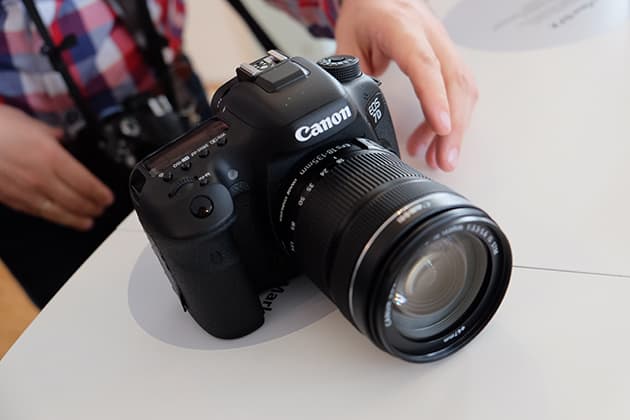
The EOS 7D Mark II improves where the original EOS 7D left off with a superior build quality that’s claimed by Canon to be the second best in the EOS system – ahead of the Canon EOS 5D Mark III.
This puts it right behind the Canon EOS 1DX in regard to its ruggedness, however it must be said it feels virtually identical to the original EOS 7D despite being 90g heavier.
2. Dual DIGIC 6 Image Processors

A pair of dual DIGIC image processors was always going to result in an ultra-high-speed continuous shooting performance – up 10 frames per second to be precise.
What’s more, the EOS 7D Mark II can rattle out 31 Raw files at this speed before the camera shows any sign of slowing. What with the Canon EOS 7D Mark II being the first Canon DSLR in the EOS lineup to feature to feature a pair of DIGIC 6 image processors, it asks the question: how long will it be before we see a similar configuration appear in a Canon full-frame DSLR?
3. No Wi-fi connectivity
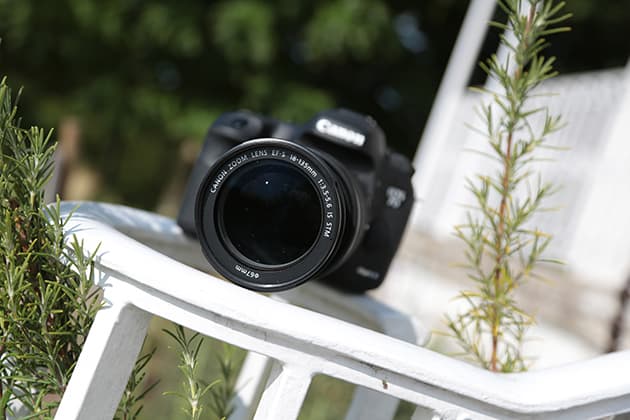
One of the biggest talking points on the EOS 7D Mark II is Wi-fi connectivity – or to be more accurate, the lack of it. It was two years ago at Photokina when we reported on the Canon EOS 6D’s announcement, which stood out at the time for being the first full-frame DSLR to feature Wi-fi.
More recently we’ve seen Nikon also announce a Wi-fi enabled full frame DSLR in the form of the new Nikon D750. Two years later and it’s a feature that’s excluded on Canon’s new flagship APS-C model – an odd omission, but one that’s presumably been made to ensure the camera meets its attractive price point (£1599 body only).
4. Quieter than ever before
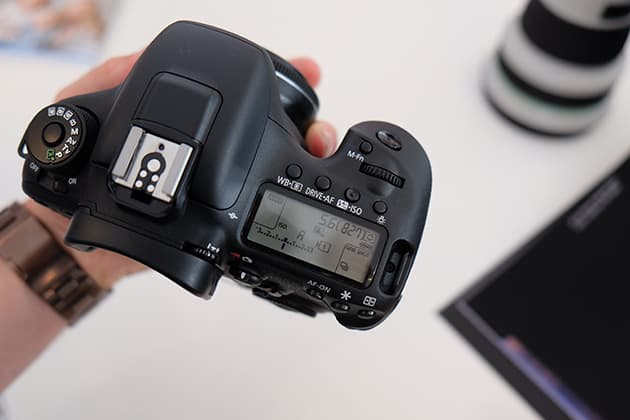
The redesigned mirror and improved dampening of the shutter have culminated in a DSLR that’s quieter than its predecessor when it’s used in silent shooting mode. Much like before, the silent shooting mode is selected using the drive mode button that’s found on the top plate.
5. Majorly advanced Autofocus
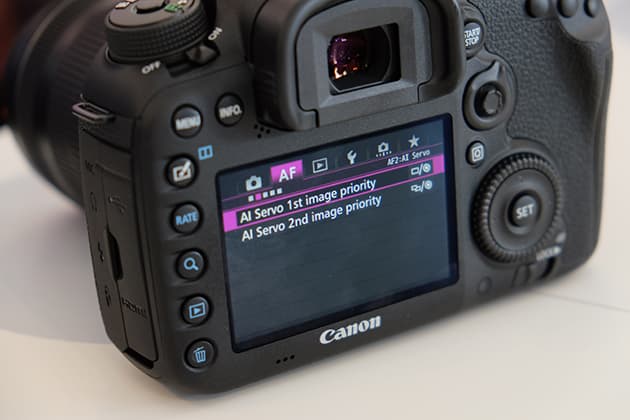
One of the main attractions of the EOS 7D Mark II is its shooting speed, which it backs up with an equally impressive and entirely new autofocus system. The 65-point AF system beats the number of AF points offered by Canon’s flagship DSLR – the EOS 1DX, which is a statement in itself. The AF system has an AF working range down to -3EV, but what’s most significant is that every single AF point of the 65 on offer is the cross-type variety.
Advanced iTR is featured too, which uses colour and face information to recognise and track subjects as they move around the frame. AF responsiveness can be customised using a simple tool which adjusts the focus tracking according to the shooting environment and subject, so that other objects passing momentarily in front of the subject don’t interfere with focusing. From our hands on experience a few days prior to the official release, it here’s no question it’s a rapid autofocus system and one that we can’t wait to test in full as soon as our review sample lands on our doorstep.
6. Full HD Output for videographers
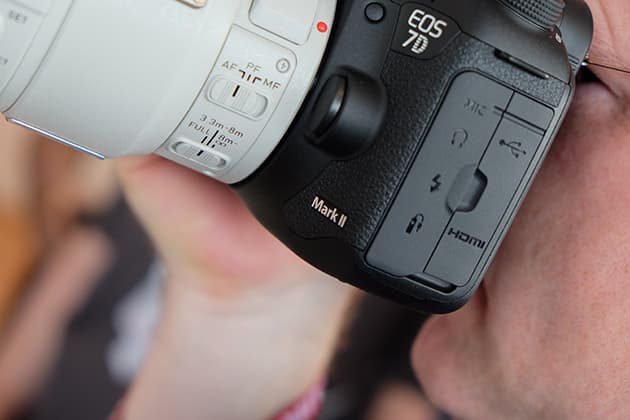
A pure HDMI connection can be used to output Full-HD footage to external recorders, allowing the EOS 7D Mark II to fit seamlessly into professional video-editing workflows. Headphone and microphone sockets are also featured and let videographers record a high-quality digital soundtrack. Silent controls are designed to allow you to change the camera’s settings without producing distracting noise that could be picked up by a microphone.
7. Bulb mode improvements
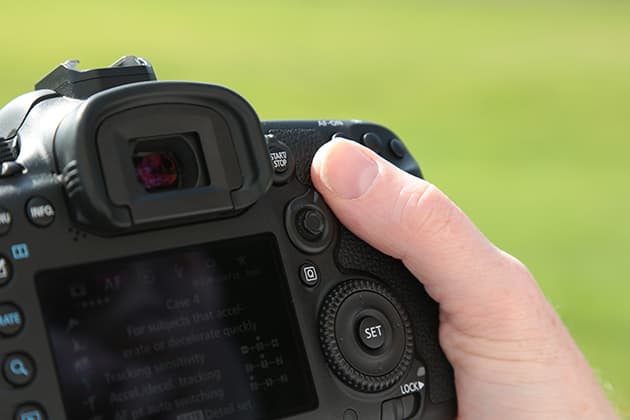
It might only be a small refinement, but Canon has taken its Bulb mode and enhanced it so users can manually pre-programme the length of exposure they’d like to use. The camera comes with an interval timer too – the first Canon camera to offer such a feature since the Canon PowerShot G3 was launched in 2002.
8. Shutter Cycle
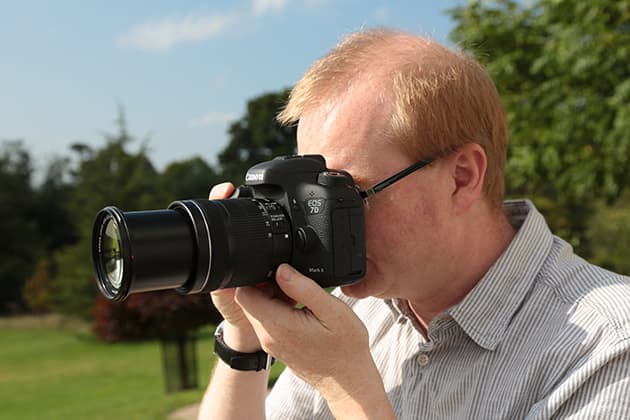
Canon haven’t always been forthcoming about the durability of their DSLRs’ shutter cycles, but with the EOS 7D Mark II the manufacturer has openly revealed it has a shutter cycle of 200,000 actuations. This is up by 50,000 compared to its predecessor and more than the EOS 5D Mark III, but not quite to the same pro-level spec as the EOS 1DX, which has a shutter cycle of 400,000.
9. 150,000-pixel metering sensor
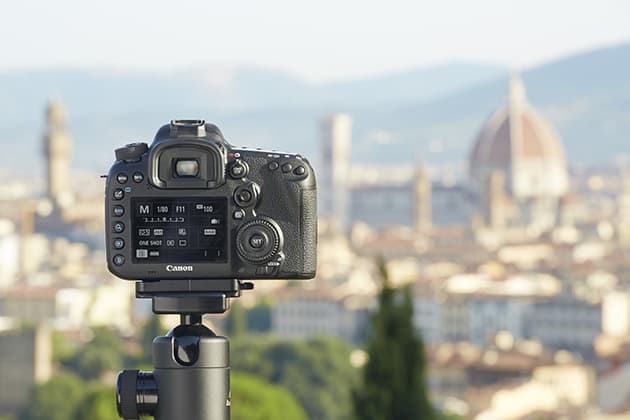
For consistent, accurate exposure metering the EOS 7D Mark II uses a 150,000-pixel sensor to split up the scene into 252 areas. Each one is analysed and the correct exposure settings are either set automatically or recommended to the photographer. Infrared light is measured as well as light in the visible part of the spectrum, for greater accuracy in tricky lighting conditions.
10. Menu Interface
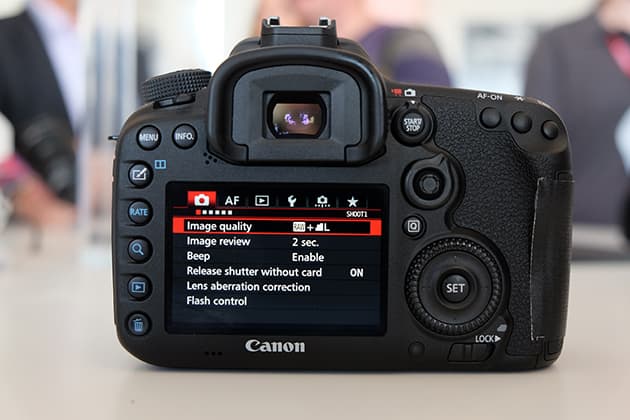
Canon users will feel right at home navigating the EOS 7D Mark II. Very little has changed in terms of appearance, other than a slight tweak to the font that’s used for the interface, which some observant Canon users may have already noticed. The reason for the change is to make it cleaner and easier to read, which we’d happily agree it does.
11. Flicker detection
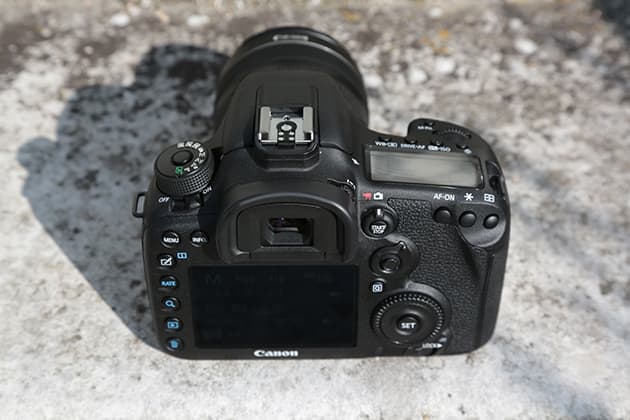
Don’t be misled. We’re not talking about Flickr integration with the image sharing website, but a type of Flicker detection whereby the EOS 7D Mark II can detect flickering light such as that produced by fluorescent light bulbs, which can cause issues with inconsistent brightness and white balance while shooting.
The camera is now intelligent enough to detect these types of conditions and time each shot to coincide with the peak brightness of the flickering light source for more consistent results.
12. New Battery Grip
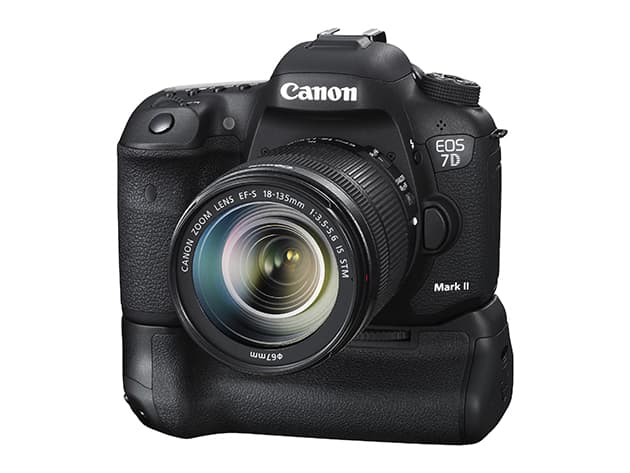
It’s frustrating when you buy a battery grip for a camera and can’t use it on the next camera you buy. This will be a topic for discussion among those with a Canon EOS 7D looking to upgrade, who’ll have to ditch their current grips for the newer BG E-16 and pay a premium for the privilege. Not ideal we know, but it offers room for a pair of LP-E6 batteries – the same type as used in the original EOS 7D.
13. No kit bundles
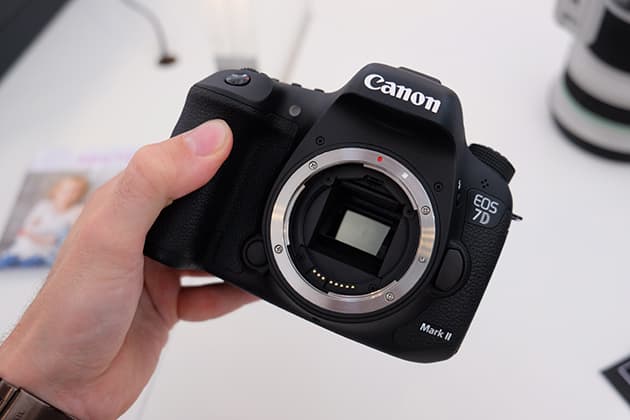
Canon are aware those looking at the EOS 7D Mark II may already own Canon EF-S or EF lenses and have decided against offering any bundle packages as a result. The starting price of £1599 has also helped to lower the price of the original Canon EOS 7D to £759.05, which was found at Jessops through through www.camerapricebuster.co.uk. Please note, prices were correct at the time of writing on the 15/09/2014.
Related content:
Watch our video interview with David Parry from Canon, about the Canon EOS 7D Mark II
https://youtu.be/0LCBw92j0IQ







